Match the items given in column I with appropriate items (one or more) given in column II.
(i)Natural ecosystem(a)Producers(ii)Decomposers(b)Consumers(iii)Primary productivity(c)Forest(iv)Secondary productivity(d)Lake(v)Desert(e)Bacteria(f)Biome(g)Fungi
To solve the matching question, we will analyze each item in Column I and find the appropriate matches in Column II.
1. Natural Ecosystem (i):
- A natural ecosystem includes areas where living organisms interact with their environment without human intervention. Examples include forests and lakes.
- Matches: (c) Forest, (d) Lake.
2. Decomposers (ii):
- Decomposers are organisms that break down dead organic matter into simpler substances. Common examples of decomposers are bacteria and fungi.
- Matches: (e) Bacteria, (g) Fungi.
3. Primary Productivity (iii):
- Primary productivity refers to the rate at which biomass is produced by producers (like plants) in an ecosystem. Hence, it relates to producers.
- Matches: (a) Producers.
4. Secondary Productivity (iv):
- Secondary productivity is the generation of biomass by consumers (organisms that eat producers). Therefore, it relates to consumers.
- Matches: (b) Consumers.
5. Desert (v):
- A desert is a type of biome characterized by low precipitation and specific flora and fauna.
- Matches: (f) Biome.
Final Matches:
- (i) Natural ecosystem → (c) Forest, (d) Lake
- (ii) Decomposers → (e) Bacteria, (g) Fungi
- (iii) Primary productivity → (a) Producers
- (iv) Secondary productivity → (b) Consumers
- (v) Desert → (f) Biome
- A natural ecosystem includes areas where living organisms interact with their environment without human intervention. Examples include forests and lakes.
- Matches: (c) Forest, (d) Lake.
- Decomposers are organisms that break down dead organic matter into simpler substances. Common examples of decomposers are bacteria and fungi.
- Matches: (e) Bacteria, (g) Fungi.
- Primary productivity refers to the rate at which biomass is produced by producers (like plants) in an ecosystem. Hence, it relates to producers.
- Matches: (a) Producers.
- Secondary productivity is the generation of biomass by consumers (organisms that eat producers). Therefore, it relates to consumers.
- Matches: (b) Consumers.
- A desert is a type of biome characterized by low precipitation and specific flora and fauna.
- Matches: (f) Biome.
- (i) Natural ecosystem → (c) Forest, (d) Lake
- (ii) Decomposers → (e) Bacteria, (g) Fungi
- (iii) Primary productivity → (a) Producers
- (iv) Secondary productivity → (b) Consumers
- (v) Desert → (f) Biome
Topper's Solved these Questions
- ECOSYSTEMBOOK - PRADEEPCHAPTER - ECOSYSTEMEXERCISE - Long answer question
41 Videos
- ECOSYSTEMBOOK - PRADEEPCHAPTER - ECOSYSTEMEXERCISE - Analytical questions with answers
20 Videos
- ECOSYSTEMBOOK - PRADEEPCHAPTER - ECOSYSTEMEXERCISE - Very short answer
58 Videos
- DIGESTION AND ABSORPTIONBOOK - PRADEEPCHAPTER - DIGESTION AND ABSORPTIONEXERCISE - CURIOSITY QUESTIONS
6 Videos
- EXCRETORY PRODUCTS AND THEIR ELIMINATIONBOOK - PRADEEPCHAPTER - EXCRETORY PRODUCTS AND THEIR ELIMINATIONEXERCISE - Curiosity Questions
7 Videos
Similar Questions
Match the items given in column I with appropriate items (one or more ) of column II :

View Solutionmatch the items given in column I with appropriate items (one or more ) of column II.
View SolutionMatch the items given in column I with appropriate items (one or more) of Column II.
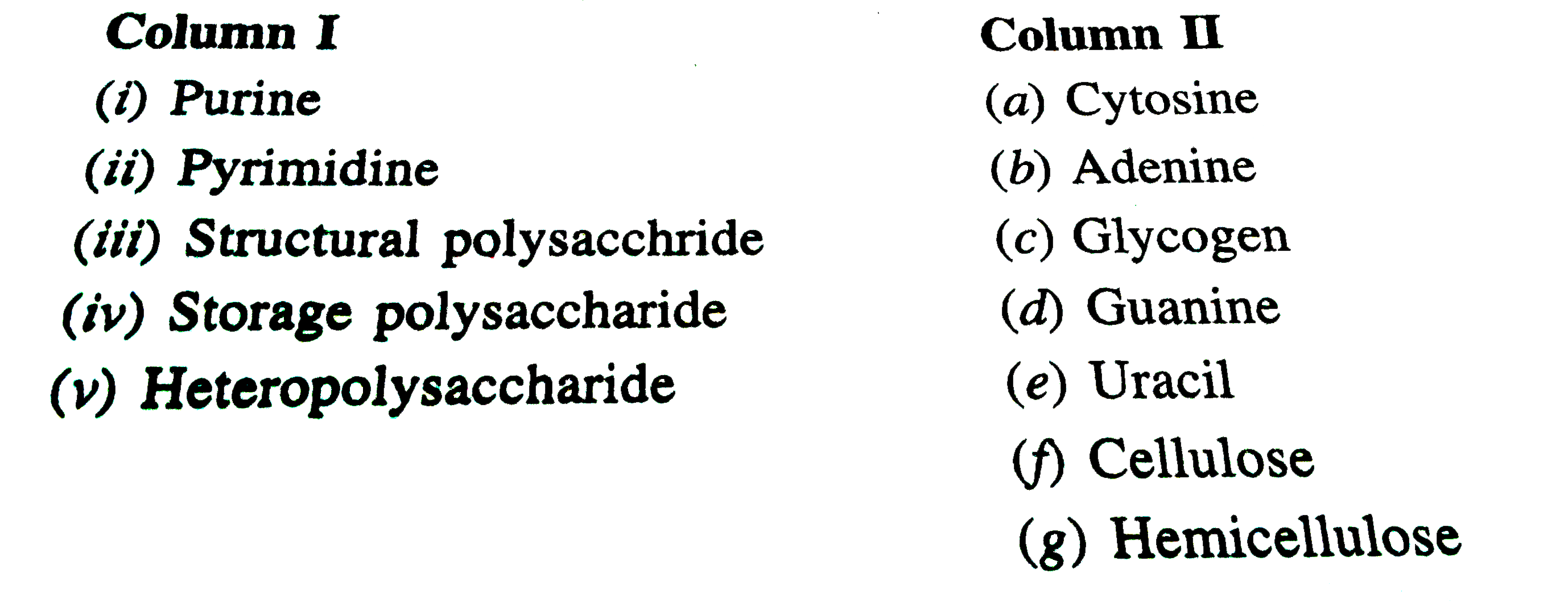
View SolutionMatch the items given in column I with appropriate items (one or more) of Column II.

View SolutionMatch the items in column I with appropriate items (one or more) in column II.
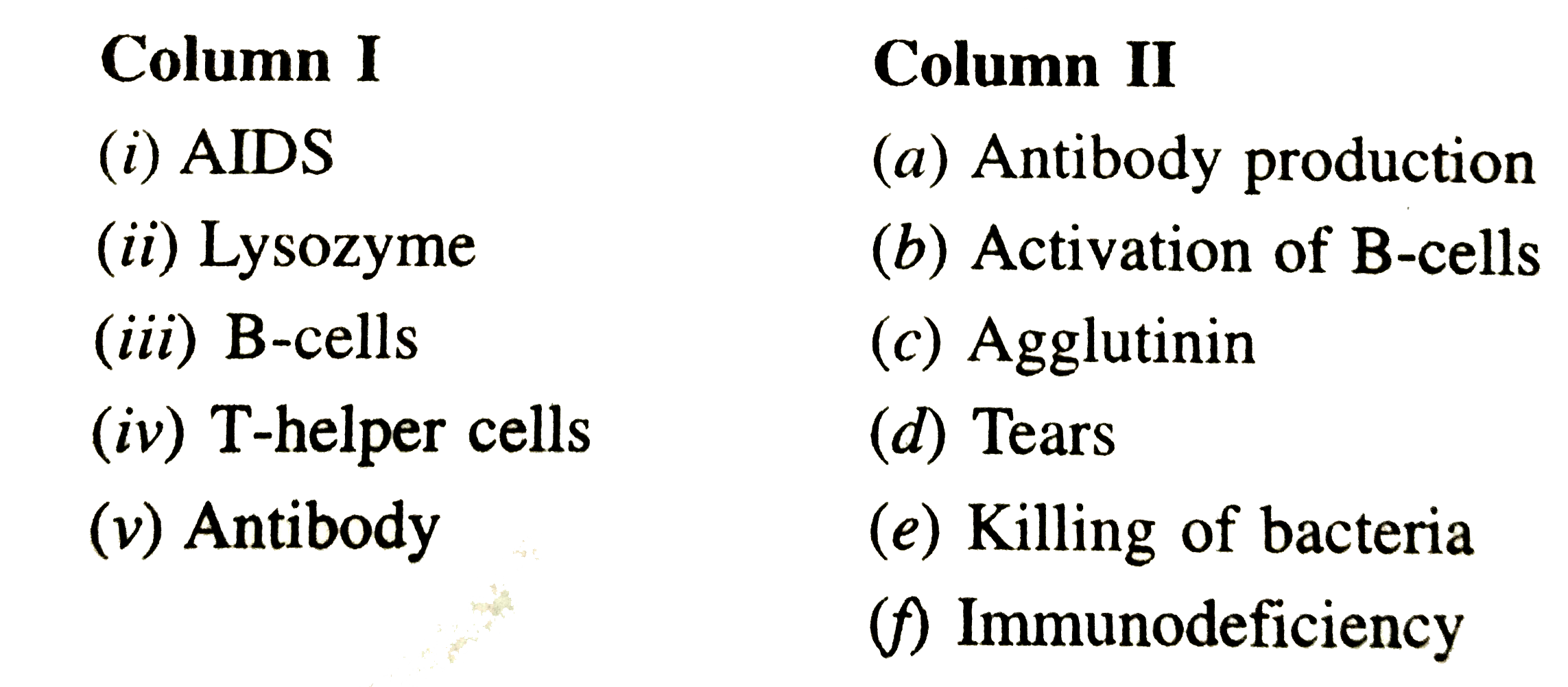
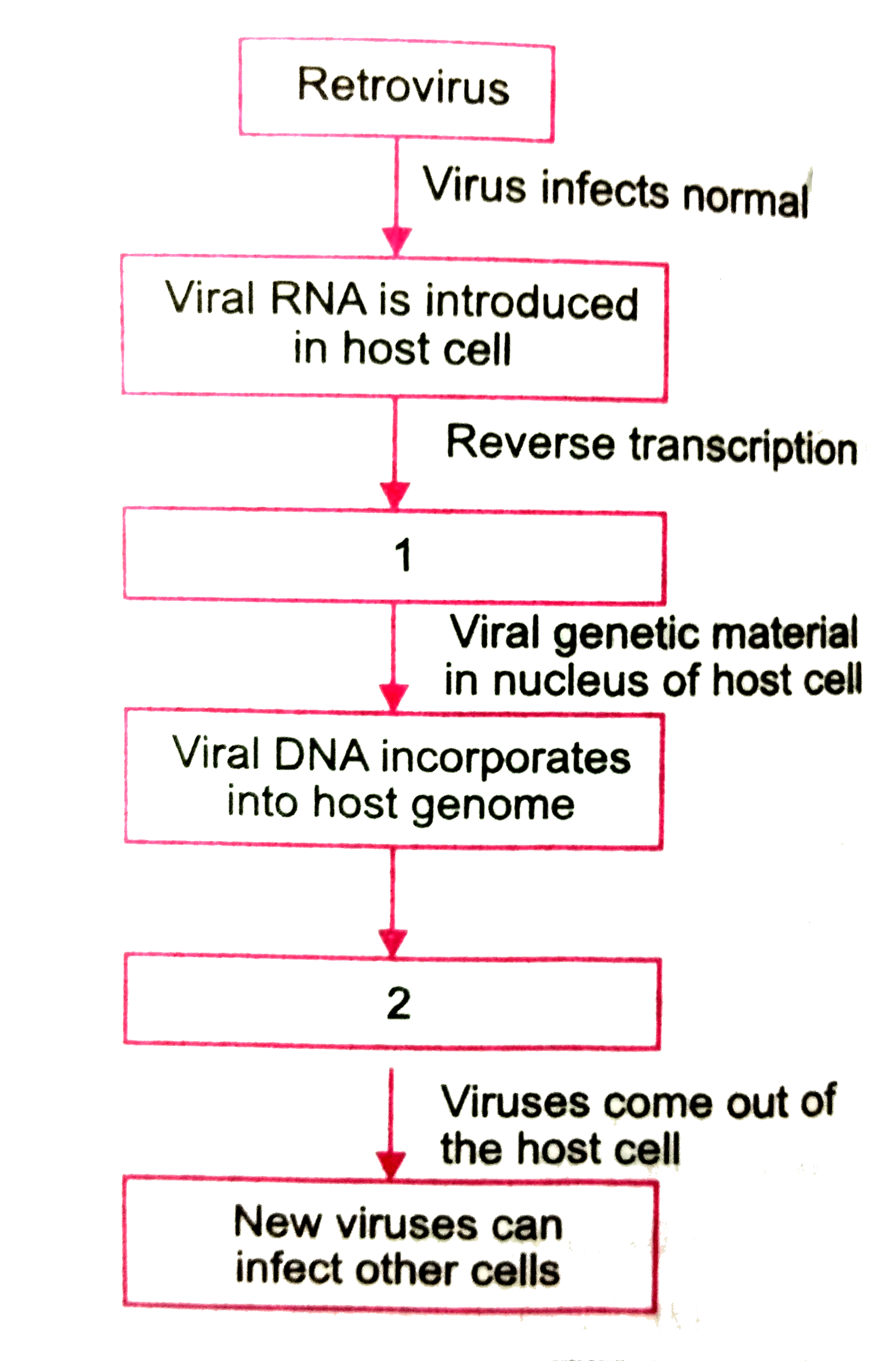
View SolutionMatch the items listed in column I with appropriate items (one or more) from column II.
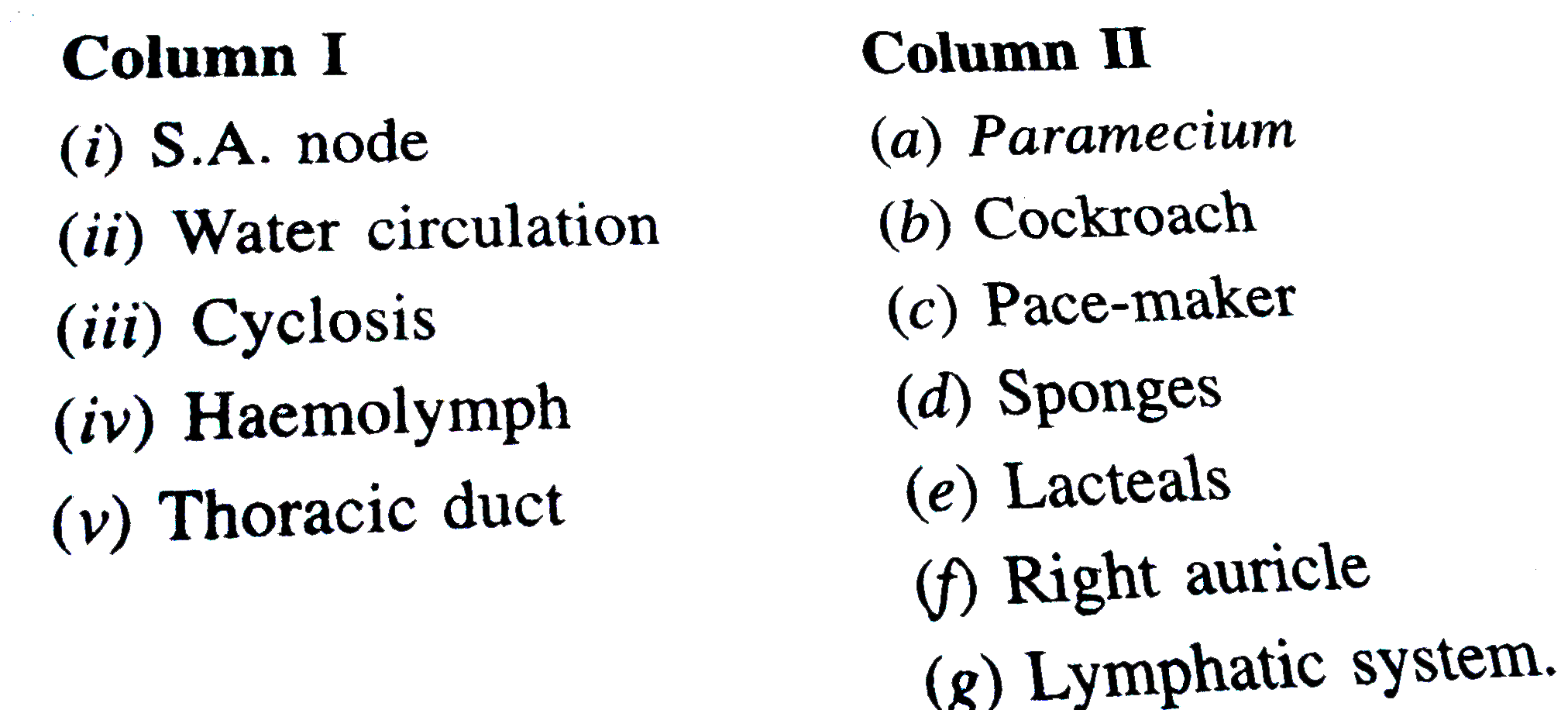
View SolutionMatch the items in column I with appropriate items (one or more ) of column II.


View SolutionMatch the items in column I with appropriate items (one or more ) of column II.

View SolutionMatch the items given in column I with given items (one or more) of column II.

View SolutionMatch the Items given in column I with one or more items of column II.
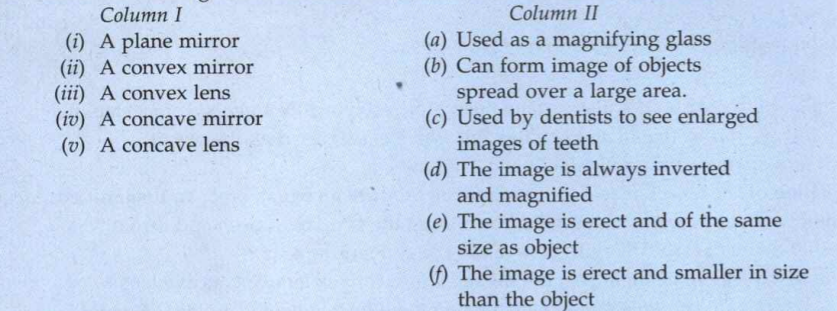
View Solution
